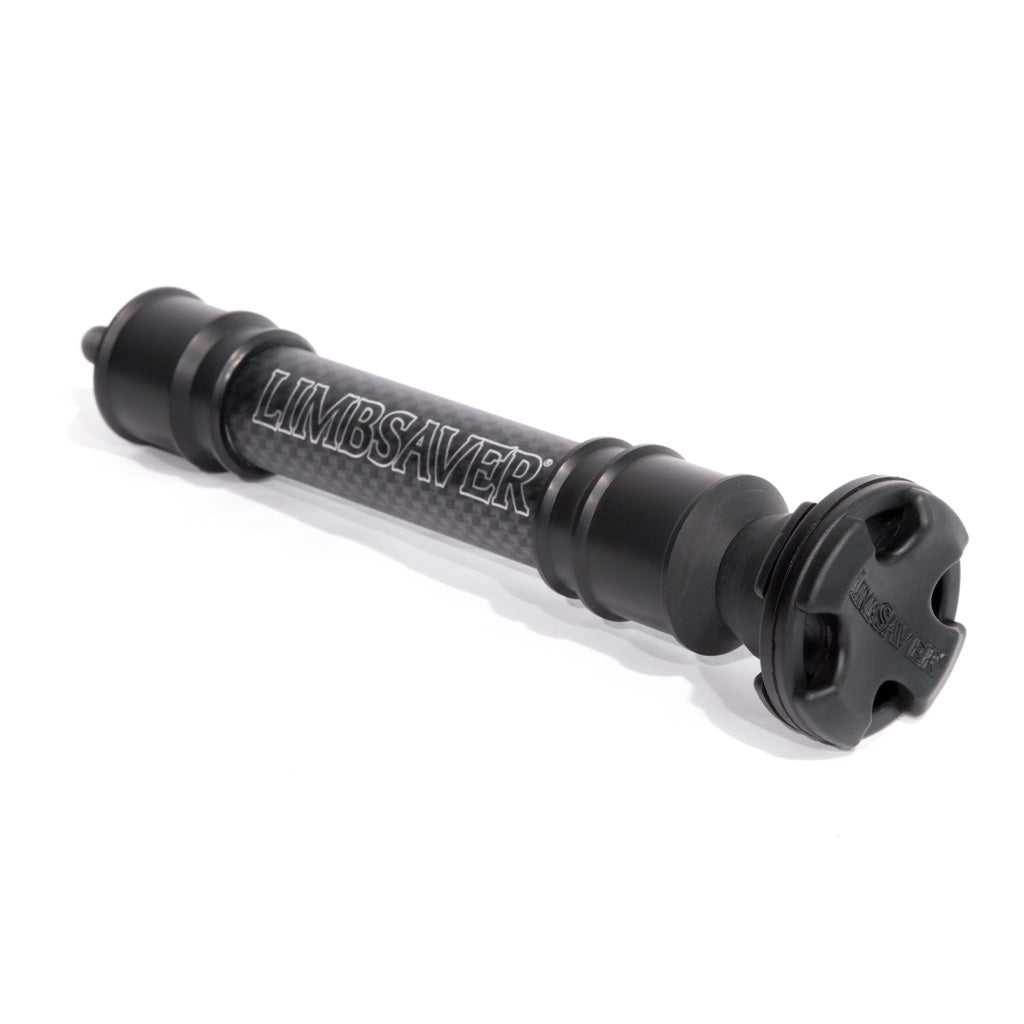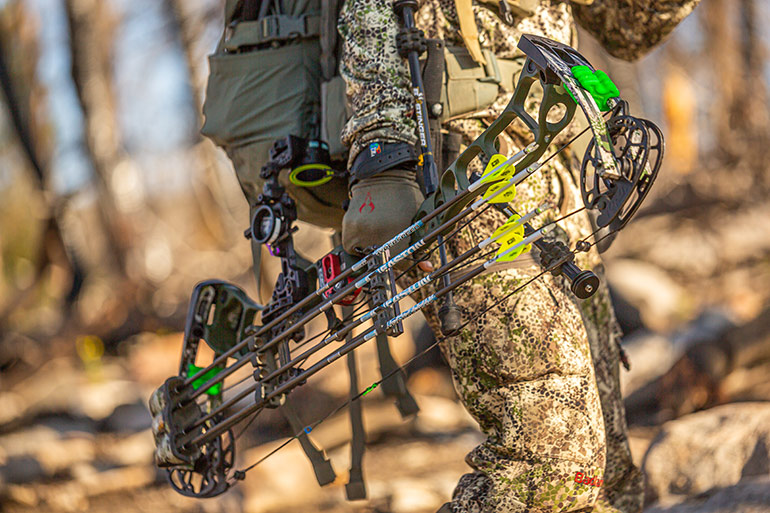Improve Your Archery Experience with the Best Bow Stabilizer
Improve Your Archery Experience with the Best Bow Stabilizer
Blog Article
Achieve Bullseye Accuracy: Specialist Tips on Choose and Using the most effective Bow Stabilizer for Archery
In the world of archery, attaining bullseye precision is the utmost objective for any kind of enthusiast or specialist. While ability and technique play a substantial duty, the value of selecting and making use of the ideal bow stabilizer must not be undervalued. A bow stabilizer is a crucial accessory that helps minimize bow movement, decrease resonances, and ultimately boost precision. Nevertheless, with a myriad of choices available, choosing the appropriate stabilizer can be frustrating. Worry not, as this discussion will provide expert tips on picking the ideal bow stabilizer for your archery needs. From understanding the aspects to take into consideration when selecting to checking out the various kinds of stabilizers and discovering correct installation and change techniques, this overview will certainly furnish you with the expertise and insights to boost your capturing accuracy. So, let's embark on this journey together and uncover the tricks to accomplishing bullseye precision.
Importance of Bow Stabilizers
The significance of bow stabilizers in archery can not be overemphasized. Bow stabilizers play an essential duty in reducing bow movement, lowering torque, and boosting accuracy during the shooting process. When an archer releases an arrow, the bow has a tendency to create resonances and recoil due to the power transfer. These vibrations can negatively impact the accuracy and consistency of the shot. However, by attaching a stabilizer to the bow, these resonances are taken in and wetted, leading to an extra steady and regulated shot.
Bow stabilizers additionally aid in preserving equilibrium and security while releasing the arrowhead and intending. They add weight to the front of the bow, which counteracts the weight of the arm or legs and accessories at the back. This weight distribution assists in maintaining the bow constant and lowers the propensity for it to guide or tilt during the shooting process. Consequently, archers can achieve much better aim and precision.
Moreover, bow stabilizers can additionally aid in reducing the quantity of torque produced by the archer's hold on the bow. The enhancement of a stabilizer assists combat this torque, resulting in a much more constant and precise release.
Factors to Consider When Picking a Stabilizer
To make sure ideal efficiency and accuracy in archery, it is necessary to meticulously think about numerous factors when picking a bow stabilizer. Longer stabilizers give higher stability and equilibrium, however they might additionally add weight and make the bow less maneuverable.
One more factor to consider is the weight of the stabilizer. Much heavier stabilizers have a tendency to supply more security by reducing vibrations and minimizing bow motion during the shot. They may also fatigue the shooter much more swiftly. Lighter stabilizers, while simpler to handle, may not provide as much security. It is vital to discover a stabilizer that fits to fire with and assists preserve regular precision.
In addition, the kind of stabilizer also contributes in its performance. There are two main types: static and vibrant stabilizers. Fixed stabilizers are fixed in location and offer consistent equilibrium and security. Dynamic stabilizers, on the other hand, are designed to actively counterbalance the bow's motion during the shot. Each type has its benefits and disadvantages, and it is essential to select one that lines up with your capturing design and choices.
Lastly, think about the product and building and construction of the stabilizer. Stabilizers can be made from numerous products such as carbon fiber, light weight aluminum, or a combination of both. Carbon fiber stabilizers are light-weight and deal exceptional resonance wetting, while light weight aluminum stabilizers are much more sturdy and give better stability. The building of the stabilizer, consisting of the number and place of weights, also impacts its performance. It is suggested to attempt different stabilizers and see which material and building match your capturing design best.
Different Kinds Of Bow Stabilizers
There are various types of bow stabilizers available for archery fanatics to select from. Each type uses various functions and advantages, enabling archers to customize their tools based upon their individual needs and choices.

One more kind of bow stabilizer is the side rod stabilizer. Side rod stabilizers help to counterbalance the weight of devices, such as quivers and sights, improving general equilibrium and decreasing torque.
Some bow stabilizers also include vibration-dampening innovation. These stabilizers are designed to soak up and dissipate vibrations, lessening hand shock and decreasing sound. By reducing vibration, these stabilizers assist to boost accuracy and offer a smoother capturing experience.
Appropriate Setup and Adjustment Strategies

As soon as the stabilizer is mounted, it is very important to readjust its placement to achieve the preferred balance and stability. Begin by trying out with different lengths and settings of the stabilizer to find the ideal feeling for you. Some archers official site prefer a longer stabilizer for raised security, while others might favor a shorter one for even more ability to move. In addition, readjusting the angle of the stabilizer can help adjust the balance of the bow.
To ensure ideal performance, it is advised to check the tightness of the stabilizer routinely. Over time, activities and resonances can loosen up the installing bolt, potentially affecting the stabilizer's performance. By periodically tightening up the screw and inspecting, you can preserve a steady and safe link.
Tips for Taking Full Advantage Of Stabilizer Performance
In order to make best use of the efficiency of your bow stabilizer, it is critical to adhere to these suggestions for optimum efficiency and precision. It is essential to select the ideal size and weight for your stabilizer. Longer stabilizers give greater security and balance, while larger stabilizers aid to reduce vibration and soak up shock. It is suggested to explore different sizes and weights this contact form to discover the mix that functions ideal for you.
Secondly, proper installment is key. Make sure to attach the stabilizer safely to your bow, making sure that it is straightened identical and straight to the arrow shaft. In addition, examine that the stabilizer does not interfere with your view image or any kind of other devices on your bow.
When it concerns making use of the stabilizer, it is important to maintain great kind and strategy. Maintain a relaxed hold on the bow, enabling the stabilizer to do its task of lowering torque and maintaining the bow constant throughout the shot. Emphasis on a controlled and smooth release, avoiding any type of unneeded motions that might impact the security of the bow.
Last but not least, regular upkeep is crucial for optimum stabilizer effectiveness. Clean the stabilizer on a regular basis to remove any kind of dirt or particles that might impact its performance. Furthermore, inspect the stabilizer for any type of signs of wear or damage, and replace it if essential.
Final Thought
In conclusion, picking and making use of the ideal bow stabilizer for archery is vital in attaining bullseye accuracy. By thinking about aspects such as weight, length, and product, archers can choose a stabilizer that matches their needs.
A bow stabilizer Continue is a crucial device that helps reduce bow activity, minimize resonances, and eventually improve accuracy - bow stabilizer. Carbon fiber stabilizers are lightweight and offer excellent vibration wetting, while aluminum stabilizers are much more sturdy and supply much better stability.One popular type of bow stabilizer is the lengthy pole stabilizer.One more kind of bow stabilizer is the side pole stabilizer. Longer stabilizers offer greater security and balance, while much heavier stabilizers assist to reduce resonance and soak up shock
Report this page